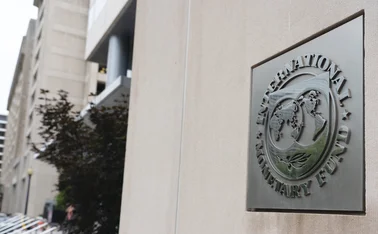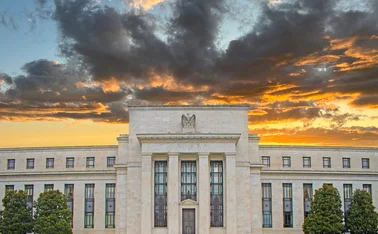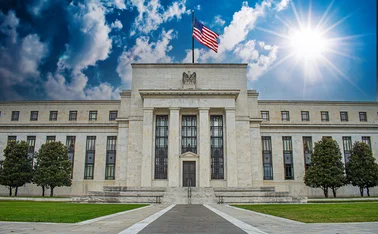
Basel Committee reaches agreement on liquidity and counterparty risk

A landmark meeting of the Basel Committee on Banking Supervision concluded today with plans to publish a detailed communication on reforms to the Basel II framework well before Christmas - earlier than many had expected. Regulators want to get the proposals out quickly so consultation and testing can begin in January.
"The meeting went surprisingly well and the consultative document is being finalised. We have reached a drafting agreement and the secretariat is now going to incorporate some changes in different places in the text. It will then go out to the market quickly - before the end of the year without doubt," one committee member told Risk.
After two days of negotiations in Basel, the committee made much progress on the two liquidity ratios that have been drawn up by its liquidity working group - one ratio to mandate the size and composition of a liquid assets buffer, and the other to constrain banks' ability to use short-term funding for longer-term assets.
There had been in-depth discussion on what would constitute a liquid asset that could be held within the liquidity buffer, and whether the rules should be applied at the group level only, or also at the local subsidiary level - an unpopular requirement that could lead to trapped pools of liquidity in the subsidiaries of large cross-border firms.
While there will be room for discussion and adjustment during the consultation phase, the committee member says broad agreement has been reached, and the liquid assets definition should not be too broad, but "quite conservative". That could mean banks would be forced to hold only government bonds in a liquidity buffer - a suggestion made recently by the UK Financial Services Authority that has met with widespread opposition.
A second area of major progress at the Basel meeting is on measures to limit counterparty credit risk. The committee is expected to publish detailed technical information in the consultation document.
Although such plans have not previously been made public, the committee member suggests there will be recommendations on capital incentives for the central clearing of over-the-counter derivatives - in other words, uncleared trades would attract a capital hit. Dealers have feared such a move but there has been no confirmation something is in the pipeline. In addition, as reported by Risk on Monday, there could be a move to ratchet up the capital held against bank credit risk by increasing the correlation assumption used in the internal ratings-based approach to 25% for financial institutions.
The committee was also set to address two other changes to the Basel framework that could result in increases in capital requirements - the introduction of a counter-cyclical capital buffer and a leverage ratio. While these proposals were discussed this week, the committee member admits progress has been slow and the consultation document is unlikely to include much more detail on either measure than is already known, leaving the calibration to be worked out next year, after the quantitative impact study and industry consultation.
This article first appeared on Risk.net
Only users who have a paid subscription or are part of a corporate subscription are able to print or copy content.
To access these options, along with all other subscription benefits, please contact info@centralbanking.com or view our subscription options here: subscriptions.centralbanking.com/subscribe
You are currently unable to print this content. Please contact info@centralbanking.com to find out more.
You are currently unable to copy this content. Please contact info@centralbanking.com to find out more.
Copyright Infopro Digital Limited. All rights reserved.
As outlined in our terms and conditions, https://www.infopro-digital.com/terms-and-conditions/subscriptions/ (point 2.4), printing is limited to a single copy.
If you would like to purchase additional rights please email info@centralbanking.com test test test
Copyright Infopro Digital Limited. All rights reserved.
You may share this content using our article tools. As outlined in our terms and conditions, https://www.infopro-digital.com/terms-and-conditions/subscriptions/ (clause 2.4), an Authorised User may only make one copy of the materials for their own personal use. You must also comply with the restrictions in clause 2.5.
If you would like to purchase additional rights please email info@centralbanking.com test test test







